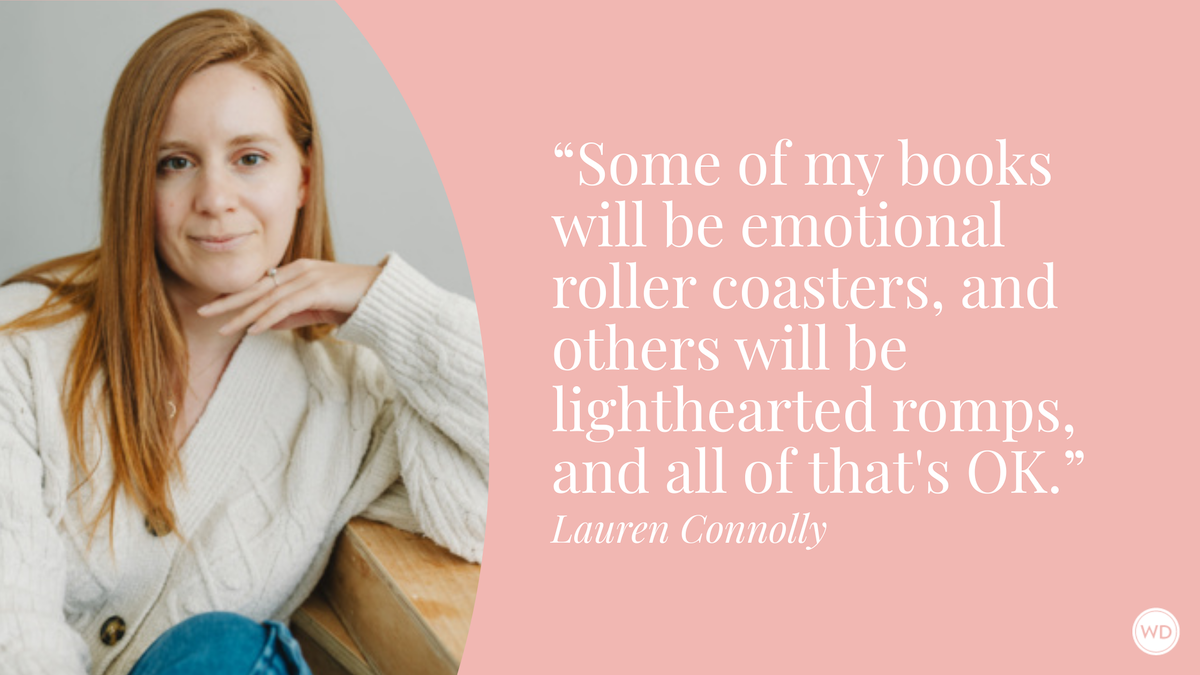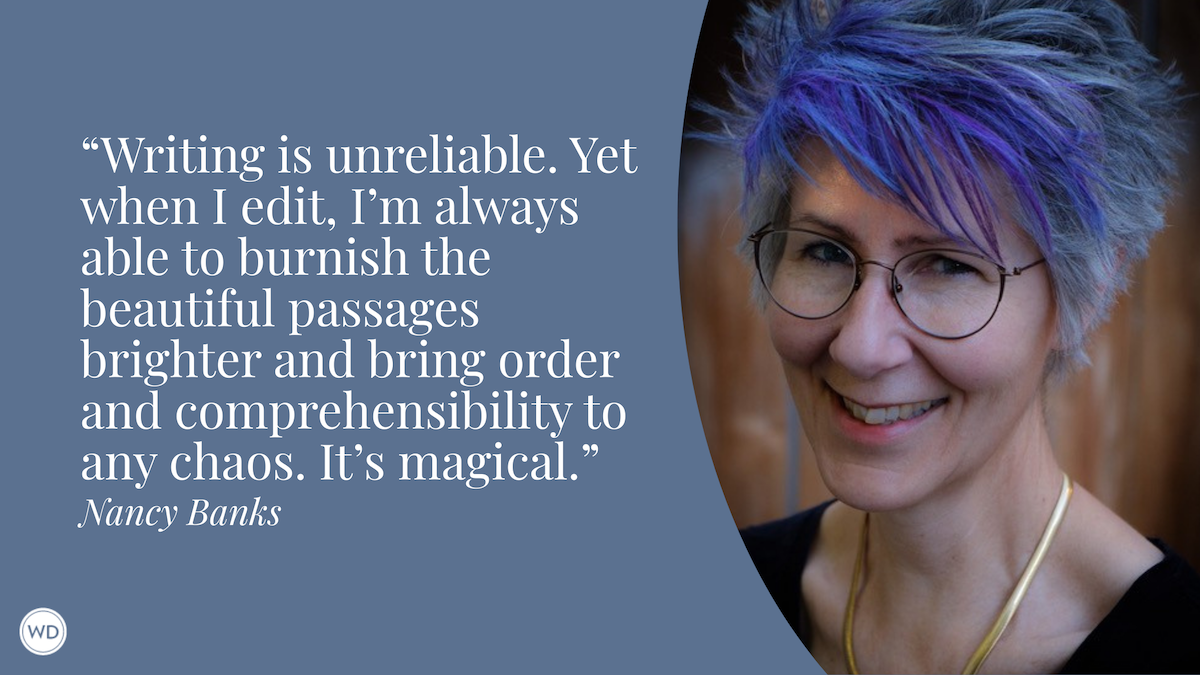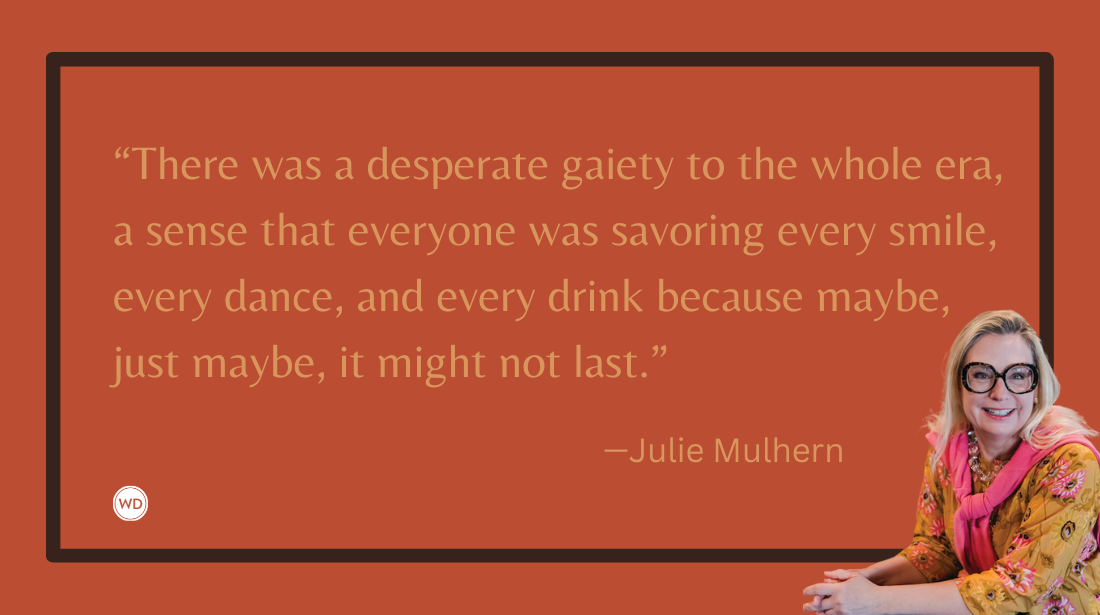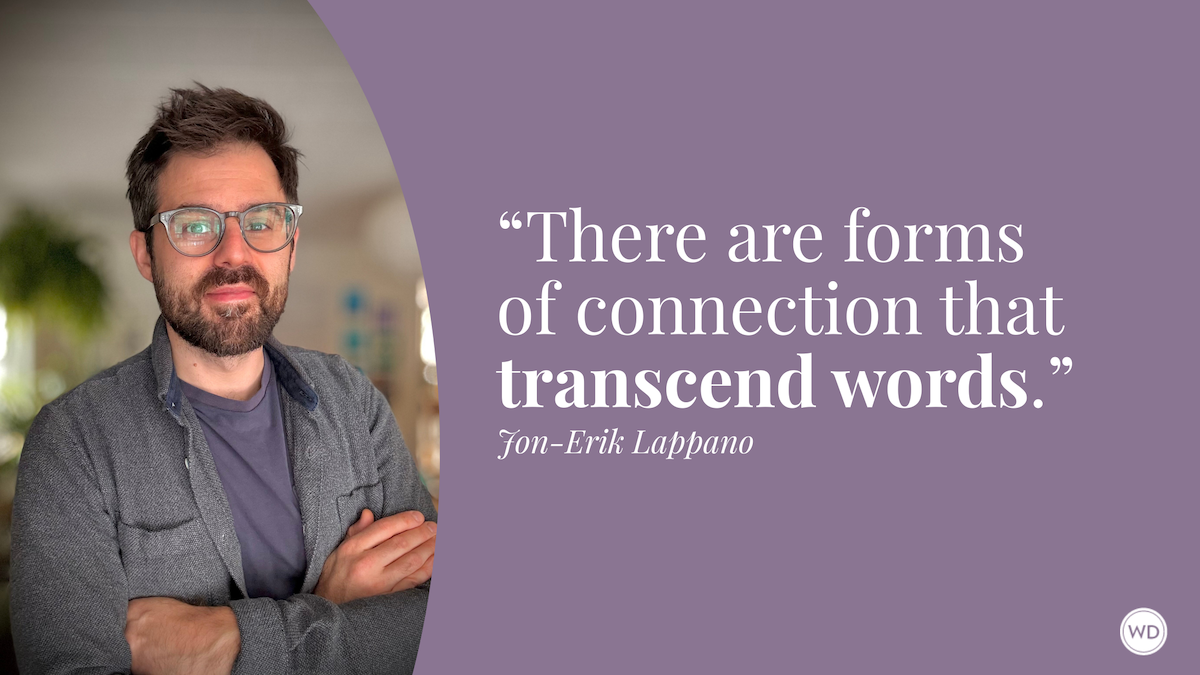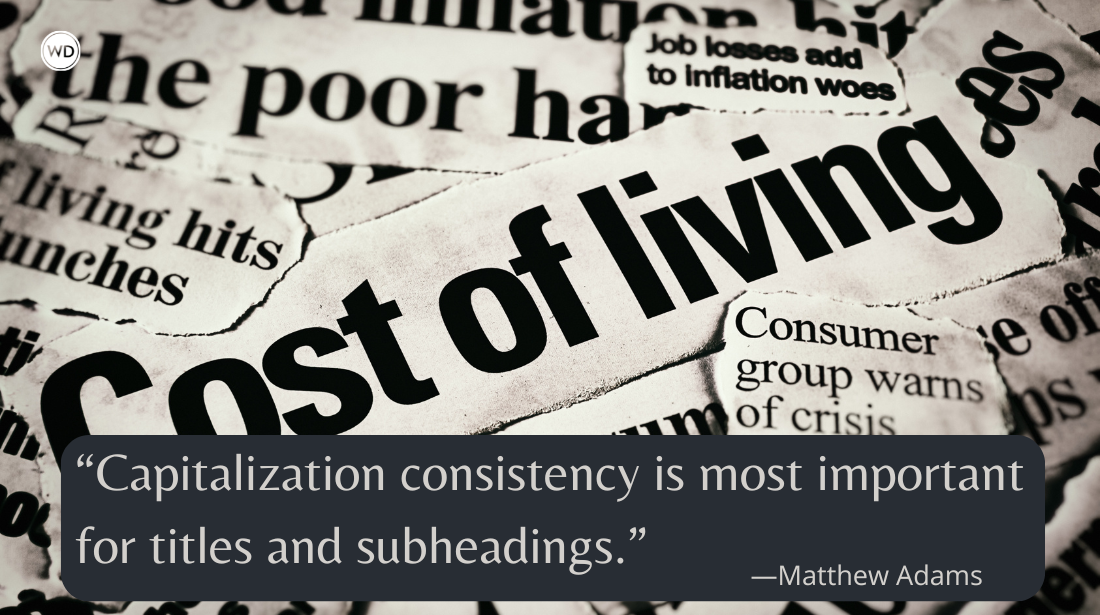4 Myths About Writing Animal Characters
Author Codi Schneider debunks four myths about writing animal characters, including that audiences won’t connect with animal characters and that they’re only for children’s books.
I first got the idea for my book, Cold Snap: A Viking Cat Mystery, when I read an article about real-life Viking cats. These brave felines sailed the world in longships, working as mousers for their human counterparts. Having found great amusement watching my own cat for years trying to decipher what was going on in her head, I was immediately intrigued to write a story not only with a cat protagonist, but also from the cat’s point of view.
Having never done this before, I soon found myself on a twisting path filled with the pitter-patter of little paws. I had a lot to learn, including how to break through some pretty stalwart myths about writing animal characters. I’ve listed four of these myths below in hopes that more writers and readers will embrace all kinds of furred-filled novels.
Myth #1: The audience won’t relate to animal characters.
Honestly, fictional characters are fictional characters. Some will mirror us as writers and readers and some won’t. Readers don’t have to lug around their own dark aspirations to appreciate a good villain. We don’t have to be wood elves to love reading about wood elves. I think readers are often drawn to characters who are different out of sheer curiosity and a desire to learn. It’s human nature to wonder about those who are dissimilar.
That said, when writing my animal characters for Cold Snap, I tried to focus not only on the ways our furry friends are different from us, but on the ways we’re alike (every living being has excitement, fear, sadness, hunger, etc. . . right?). This does make them relatable and reachable—the ultimate goal for any character, human or otherwise.
And then, the ways in which they are completely different from us humans can stand out as humorous quirks or shocking traits. At the very least, the reader can say, “My God, my cat does that exact same thing. Could this be why?”
Learn more about Codi Schneider's Cold Snap here:
(Writer's Digest uses affiliate links.)
Myth #2: A book with animal characters must be aimed at children.
When I was writing Cold Snap, people would politely ask what it was about, and I would proceed to fumble my way through a horrible pitch. “So, it’s for kids then,” they’d say, nodding. “My 10-year-old might like it.” Patiently, I’d explain that no, it wasn’t for kids. It was an adult cozy mystery. “But it’s about a cat,” they’d reply, their confusion heating my cheeks.
This automatic assumption that books with animal characters are for kids has always bewildered me. I mean, 67 percent of American households have pets. That’s roughly 85 million families. Nearly every adult I know loves animals. So why does this myth still hold?
There are many wonderful novels out there with animal characters for adults: A Dog’s Purpose, by W. Bruce Cameron; the Mrs. Murphy series, by Rita Mae Brown; the Joe Grey mysteries, by Shirley Rousseau Murphy; The Art of Racing in the Rain, by Garth Stein; Hollow Kingdom, by Kira Jane Buxton; The Travelling Cat Chronicles, by Hiro Arikawa; Perestroika in Paris, by Jane Smiley. These are just a few and I’m a strong advocate for more!
Myth #3: Animals must be tropey sidekicks. The manic pixie dream dog.
Ever heard of the manic pixie dream girl trope? Well, even if you haven’t, you’ve probably seen it on TV. One well-known example of this is Kirsten Dunst’s character in Elizabethtown where her sole reason for existing is to influence the main character (a man) to make changes in his life. She herself has no discernable inner life. She’s there only to support the man and his dreams.
Animals too, are usually given roles as one-dimensional sidekicks, existing only as supporting actors in someone else’s (a human’s) story. I, for one, think they deserve to play the heroes in their own stories much more often. After all, they too, have minds of their own. Which leads me to myth #4. . . .
Myth #4: Animals just don’t have anything useful to say.
Like humans, animals are multidimensional beings. They have good days and bad days, they are happy and sweet, yet they can also be depressed or throw tantrums and sulk when they don’t get their way (just try leaving the cat bowl empty five minutes past your hangry feline’s dinnertime).
They have a lot to teach us, especially about unconditional love and living in the present. How could their perspectives be too limited to narrate a story? How could they not have anything useful to say?
Yes, we writers explain their thoughts and behaviors through anthropomorphic terms, attributing our human emotions to them, but this allows us to suspend our own disbelief and follow them through a tangled wildwood of thoughts and actions that most humans, even fictional ones, wouldn’t dare explore. Writing animal characters is, quite simply, a great joy.
*****
Do you love reading a good mystery? Have you always wanted to write one? During the Essentials of Mystery Writing workshop, you'll have the choice of creating a brand new mystery story from scratch or working with a story you already have in progress.
Codi Schneider is the author of the cozy cat mystery Cold Snap. She was raised in the snowy mountains of Colorado on a steady diet of books. She is a mystery-loving animal enthusiast who, when not writing, can be found traveling the world on horseback. Schneider lives in Denver with her husband, two horses, and a cat who is not a Viking but a lover of REM sleep. Learn more at at https://www.codischneider.com.




